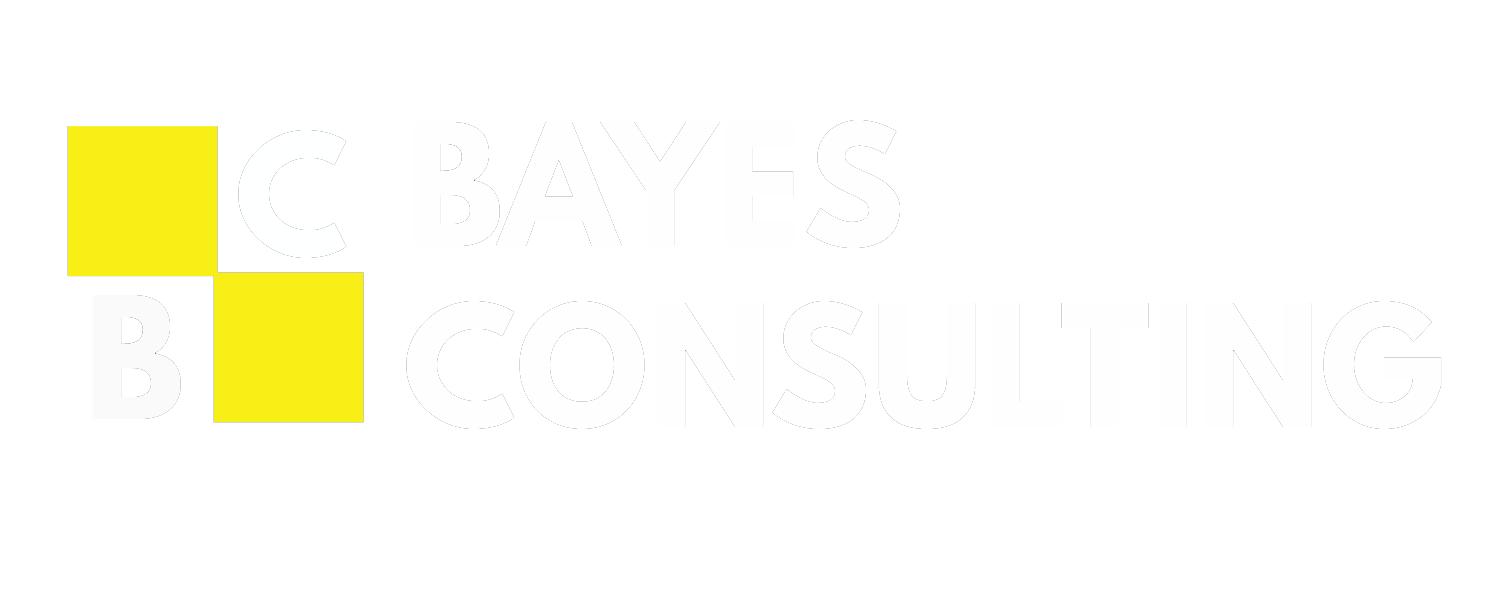Introduction to Decentralised Finance
Imagine a world where all you need to access every financial service you use today — savings, loans, trading, insurance, and more — is a smartphone and an internet connection. Imagine taking out an automated loan negotiated directly with complete strangers when your buddy James is not picking up his phone. Yes, you heard that right. This is what decentralised finance – DeFi in short – seeks to provide; an open alternative to the current financial system.
So, what exactly is DeFi?
So, what exactly is DeFi?DeFi has become one of those buzzwords people toss around to seem smarter than they actually are. But trust me, it is not as complex as it is made out to be. Perhaps the best way to truly drive the case for DeFi is to draw parallels to the current financial system. This worked wonderfully for me when I was first introduced to the space.
The traditional financial system or TradFi, as crypto natives call it, is largely governed by financial institutions that act as intermediaries. Banks mobilise deposits and issue loans, stock exchanges provide liquidity for buyers and sellers of securities, insurance companies issue policies and collect premiums, and so on.
Decentralised Finance is an emerging alternative to the current centralised financial system. It is opening up access to financial services by offering anyone with an internet connection the ability to borrow, lend, invest, and trade. Rather than having central authorities like banks acting as intermediaries, DeFi has leveraged blockchain technology to create a peer-to-peer financial system.

How does DeFi work?
In the same way your smartphone apps are just programs built by a developer, DeFi functionality is also enabled by programs called smart contracts. These programs are commonly referred to as decentralised apps, or Dapps. As opposed to the applications on your phone that are built and controlled by a single entity or company, Dapps are decentralised, allowing for peer-to-peer transactions.
In DeFi, these so-called smart contracts take on the role played by banks and other intermediaries in TradFi. They do this by automating their functions, enabling complete strangers to seamlessly transact with each other. I think it’s fair to say that smart contracts are the backbone of DeFi. They have enabled developers to build more complex functionality beyond simply sending and receiving cryptocurrency.
What are some popular financial services offered through DeFi?
Online banking revolutionised the way we send and receive money, allowing for almost instant transfers. In the same way, DeFi is revolutionising how we access financial services. Most financial services offered in TradFi –borrowing, lending, trading, insurance, and so on – are already available in the decentralised finance space. For each application, I have drawn a comparison to its TradFi equivalent;
- Lending and borrowing
As you well know, lending and borrowing is entirely at the mercy of banks and other financial institutions in TradFi. They get to decide who to lend to, at what interest rate and for how long. These intermediaries make a hefty margin on the funds provided by depositors.
Through lending Dapps like Aave, DeFi enables you to access collateralized loans without the involvement of an intermediary such as a bank. These Dapps provide an open infrastructure for borrowers and lenders to participate directly. Borrowers get liquidity without having to sell off their crypto assets, while lenders earn interest on the crypto assets they lend out. The absence of an intermediary means that the lender gets to earn most of the interest paid by the borrower. - Securities trading
Typically, in order to trade financial assets, you have to go through a broker who connects the orders to the exchange. For each transaction, you pay a commission to each intermediary involved, i.e. the broker, the exchange and the custodian. DeFi has made the role played by the exchange, custodian and broker obsolete.
Dapps called Decentralised exchanges (DEXs) enable you to exchange the crypto you own for other tokens of equivalent value. This is done without the presence of a custodian or broker. Popular decentralised exchanges (DEXs) include uniswap, curve finance, and sushi swap. - Payment processing
In TradFi, making international payments is a costly and time-consuming process. The entire process involves at least 3 intermediaries, with each charging a fee out of your funds for their services. DeFi enables you to make and receive payments worldwide, directly into each other’s wallets. This is all done on a peer-to-peer basis, without the need for an intermediary. It is a faster, cheaper, and more secure alternative to traditional payment processing channels.
There are some other DeFi applications that deserve honourable mentions, these include insurance, liquidity provision, and prediction markets where users make bets or vote on the outcomes of future events.
Tying it all together
While DeFi might sound like a far-flung futuristic concept, there are currently over 4,000 Dapps already offering peer-to-peer financial services according to stateofthedapps. This has been made possible by a growing community of developers who are constantly building and improving existing services.
As far as growth is concerned, DeFi has barely begun scratching the surface. The annualised revenue for all Dapps is estimated to be about $5 billion. This is a drop in the ocean compared to $2.3 trillion global retail banking revenue; $2 trillion global cross-border payment revenue and $35 billion global stock exchange revenue. By just capturing a 1% TradFi market share, the DeFi revenue would grow 10-fold. This shows the tremendous potential DeFi holds.

At the time of writing, users have deposited over $87 billion worth of crypto into Dapps. This is a testament to the growing awareness of its utility. So, the next time you wish to get that quick loan and your buddy James is not picking up his phone, DeFi is an alternative worth exploring. We will be delving into the DeFi applications in detail in our subsequent blog posts, stay tuned.


